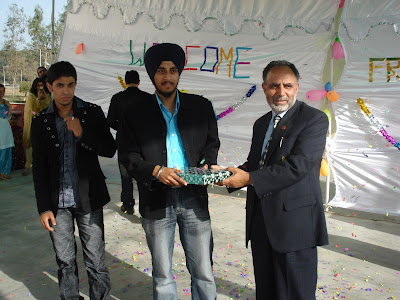
What has swines to do with swine-flu? The present outbreak in Mexico and spillover to other countries (verge of a pandemic) is caused by a influenza virus strain (H1N1) that mutated from human, avian and swine strains, possibly in the near past (months or could be years). The name "swine-flu" has been debated and protested worldover, but surely this has given swines a bad name. Read more at.................. http://www.emaxhealth.com/1020/90/30743/what-name-swine-flu.html
Know all about SWINE-INFLUENZA from WHO
http://www.who.int/csr/disease/swineflu/en/index.html
WHO raises alert level- read story from link
http://news.yahoo.com/s/ap/20090427/ap_on_he_me/med_swine_flu
Goa screening for swine flu - read story from link
http://www.hindu.com/thehindu/holnus/002200904282201.htm
Swine flu spreads to Asia Pacific - read story from link
http://www.bloomberg.com/apps/news?pid=20601087&sid=alMIh3O1hIA8&refer=home















.jpg)





